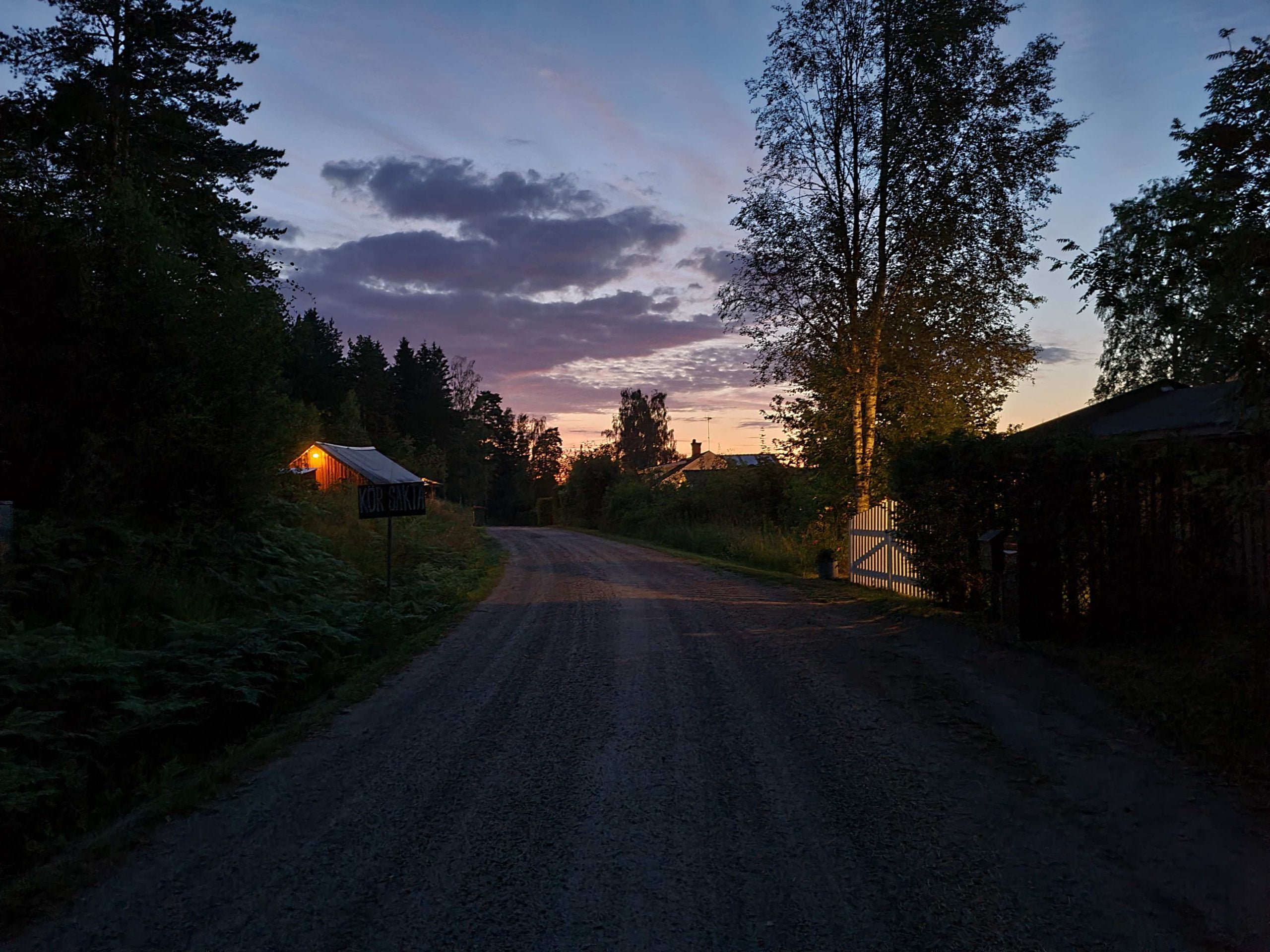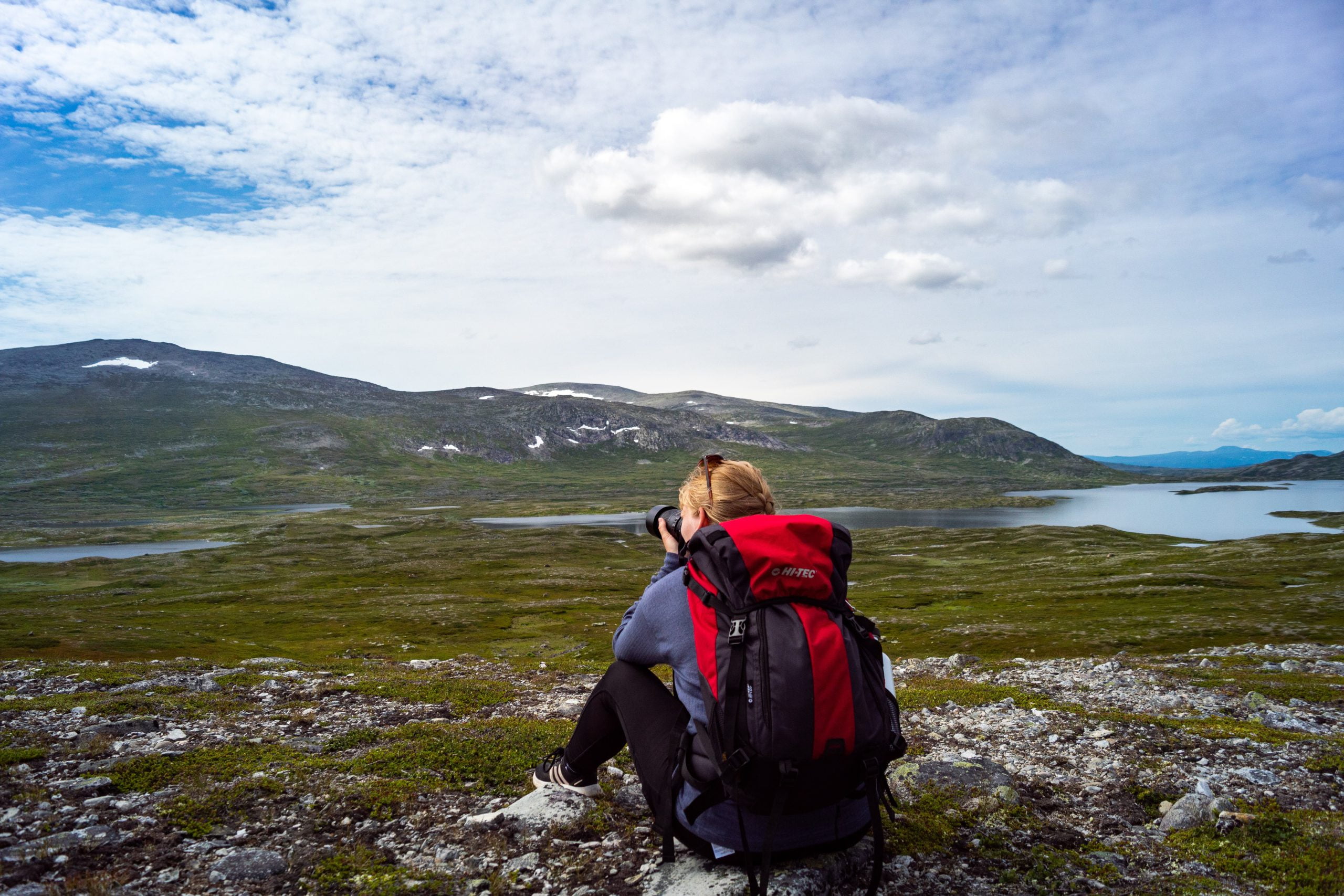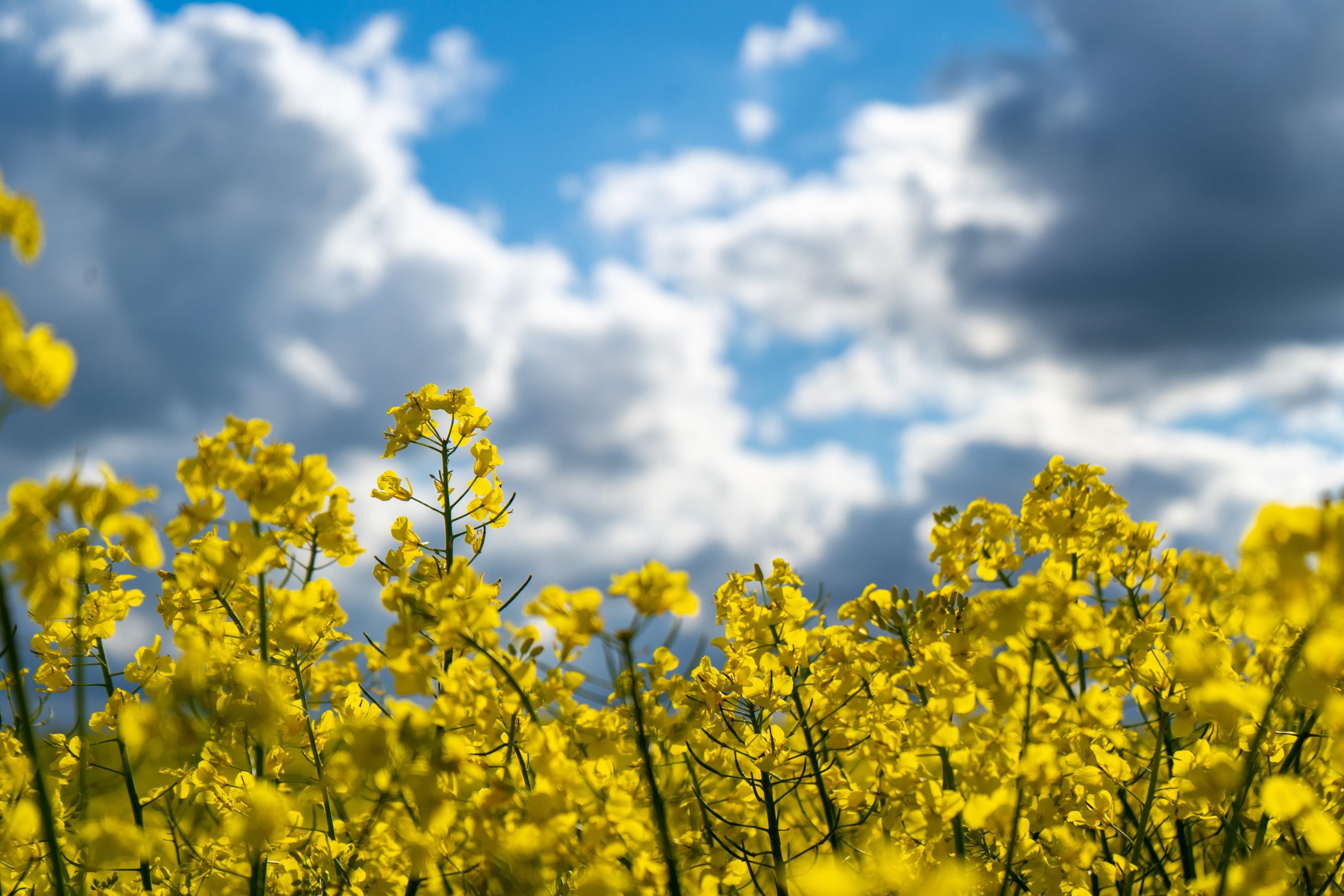Nature photography is the art of capturing the natural world, including breathtaking landscapes, diverse wildlife, vibrant plants, and other elements of the environment. With the rise of digital cameras, smartphones, and social media platforms like Instagram, the popularity of nature photography has soared, allowing enthusiasts to share their connection with nature and inspire others. This growing interest plays a crucial role in raising awareness about conservation efforts and fostering a deeper appreciation for the environment. To excel in nature photography, you need to have the right equipment, practice techniques with lighting, and focus on the locations where you want to take pictures. By focusing on these things, nature photography can become the most satisfying photography you do.


When it comes to nature photography, having the right equipment is essential for capturing the stunning beauty of the natural world. Choosing the right camera is the first step, and in the case of nature photography, a high-megapixel camera tends to be the priority.
Unlike other areas of photography, where mirrorless cameras have become the go-to, whether it’s for sports photography, weddings, or portrait photography, mirrorless cameras don’t have a distinct advantage the same way they do in almost all other forms of photography.

In the case of nature photography, any camera over the last ten years with a high megapixel count can get the job done. DSLRs have the advantage of lasting longer on a single charge than most mirrorless cameras. Older DSLRs don’t have as much technology to be powering as mirrorless cameras do. DSLRs also give you a clear and true view through the viewfinder since it’s not being displayed through a screen. Only the most expensive, most recent, mirrorless cameras have caught up in this case. One of the only advantages you have with mirrorless cameras is that they tend to be lighter than DSLR cameras. This can be a big deal for some people who don’t want to be carrying a heavy camera. Although the camera’s weight is something to consider, the lens you use is what usually adds the most weight.

Lenses are super important in nature photography, as in all forms of photography. Since you are trying to capture everything in one frame, it’s always recommended to use a wide-angle lens. This gives you the best chance at framing the nature around you without compromise. Anything at 35mm or below will be best for this. Of course, you can also bring a telephoto lens and capture images from a different perspective. It can create a unique view if you can frame it correctly with a telephoto lens. If you can get a lens with IS (image stabilization), have a camera with IBIS (in-body image stabilization), or, have both, taking longer exposure pictures in darker environments will be much easier. You will have a lot more flexibility. Having a tripod is still recommended if you plan on doing anything later in the day and need longer exposures.
Having good habits and a foundation for any form of photography will make your photo sessions easier and (almost) stress-free. This also sounds true when it comes to nature photography. There are so many elements to consider when you are dealing with an environment where you don’t have any control. A good first step in knowing what equipment you need is understanding the location.
Since nature photography involves nature, researching locations is usually recommended. This can give you a heads up on the type of environment you will be shooting in and the kind of photographs you can hope to get. Sometimes, just exploring an area can lead to hidden gems that are waiting to be photographed. As a PSA, bringing the right kind of clothing, food, and water is also strongly advised. Your safety and health are always the number one priority. Another element that plays a role in keeping you safe, as well as affecting what you’re going to shoot, is the weather.

Weather, in nature photography, can greatly alter the mood of the picture you’re taking. Walking through a forest during the break of dawn with sun rays breaking through the trees with fog still settling on the forest floor is a very different atmosphere, or “vibe”, than if you were to walk through the same forest right after a rain shower with there being very little light. Keeping this in mind is always a key part of nature photography.
Mastering techniques for capturing stunning nature photography is essential for showcasing the beauty and diversity of the natural world. There are many different techniques when it comes to nature photography but just understanding the fundamentals can get you a long way. One of, if not the, most important aspects to understand is natural light.
Lighting tends to be the single most important aspect in all forms of photography, and that’s no different here. The difference with nature photography, compared to most other forms of photography, is that you do not have control of lighting. Well, this isn’t entirely true. You can shoot with artificial lighting but it takes away from the “natural” look, in my opinion. This means that while you’re out, you will be relying on the sun for light. This also means that what time of day you go out shooting will also greatly impact the quality, mood, texture, and overall composition of your photography. Below I will talk about some of the key points during the day where you might try to take pictures

Golden hour is a very popular time to shoot whether it be nature photography or even portrait photography. This occurs shortly after sunrise as well as before sunset when the sun is low in the sky. This lighting, in my opinion, delivers the most beautiful results. During this time, the light is soft, warm, and diffused, which creates long shadows and a golden hue. This lighting can create a warm and inviting atmosphere and is great for capturing landscapes, wildlife, and plants. Planning to shoot during this time gives you the best natural light. Since this type of lighting creates long shadows, you can use this to add depth and dimensions to your images.

Blue hour is the period just before sunrise and just after sunset. During this period, the sky takes on a deeper blue color. This creates a light that has soft and cool qualities. This type of lighting is perfect if the mood you’re trying to capture is more calming and tranquil. Unlike during golden hour, blue hour has low light levels. This is why having a tripod during this time of day can be essential in getting the picture you want. Experimenting with longer exposures during this time is a great idea as the soft blue color will give the image a very pleasing look and you will be able to capture the ambient light.

The midday sun is exactly what it sounds like, the sunlight during the afternoon/midday. During this time, the sun is at its highest point. If I could give any recommendation, it would be to avoid this time during the day as it produces the least pleasing lighting you can encounter. Unless you truly know what you’re doing, and have shaded areas, this lighting can be very unforgiving. The colors in pictures taken during this time tend to be washed out and details can be lost in deep shadows. If you are looking for a high-contrast look, then this lighting can be beneficial. This type of lighting can also be helpful if what you’re looking for is to emphasize textures.

The conditions mentioned above all have to do with the time of day you decide to go out and shoot, but they are not the only factors. Overcast conditions, for example, can make shooting during the midday a higher possibility. When the sky is overcast, the sunlight is diffused, which makes the light soft and even. It also reduces harsh shadows and makes a more neutral color balance. Though this doesn’t make for the most pleasant background, it can be great when shooting close-ups, portraits, and anything that requires even lighting. In this case, though, having artificial lighting might be required.
Other lighting conditions can be backlighting as well as side lighting. These two cases have more to do with the positioning of what you’re photographing relative to the position of the sun. Both situations have a large emphasis on shadows and add can add volume and a dramatic effect.
Understanding your camera settings during these different conditions is critical to getting the desired image. You constantly must adjust your ISO, shutter speed, and/or aperture. This is what makes natural light hard to shoot in. You must be more aware of your settings, as time and setting can drastically change your camera’s needs. There are things besides artificial lights that can alter the amount of light in a scene. One of the main tools is a polarizing filter. These help reduce the glare and reflections caused by the sun, especially when shooting water or foliage. It can also enhance the contrast and saturation of colors.
The only other important tip to give is to experiment. Nature photography can be more challenging than other forms of photography because you are not controlling the lighting. By researching locations, knowing the weather conditions, as well as using the weather to your advantage, you will be able to produce stunning nature photographs. All it takes is a little practice.

Nature Photography is essential for capturing the beauty of the world. On top of this, nature photography is also playing a role in raising awareness about conservation efforts. People can see the beauty of our world and be more willing to protect it. By following this blog, you too can capture the world in the way it was meant to be photographed. In a way that will only be remembered the way it was when you snapped your picture.
